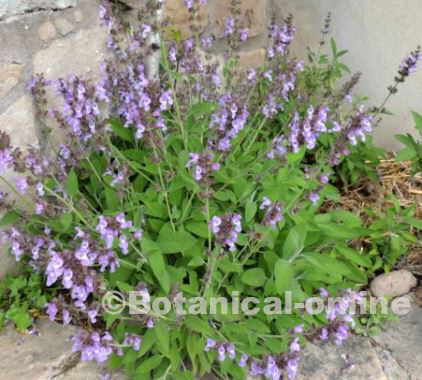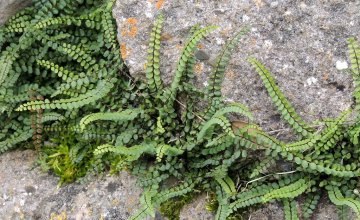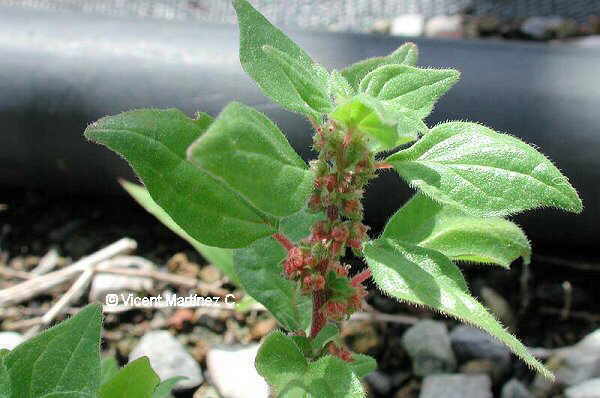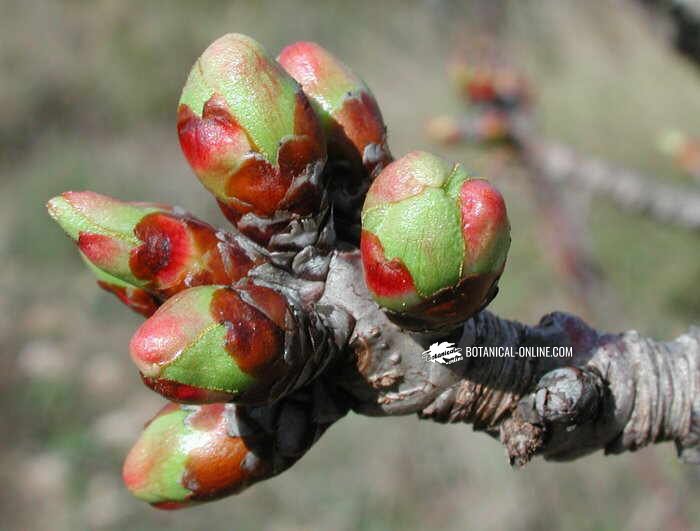Artemisia absinthium plant
What is a wormwood?
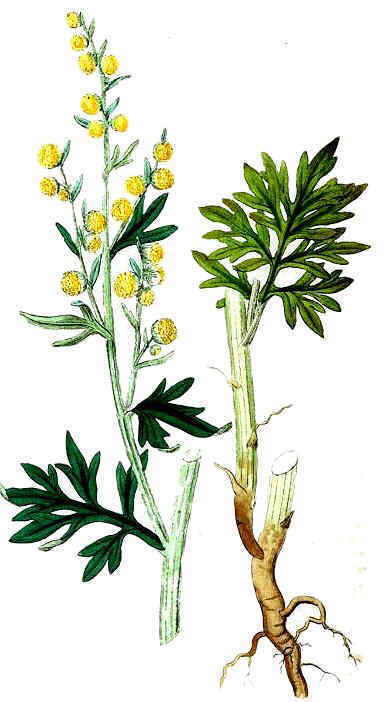
A drawing of warmwood
Common name in English: Wormwood, holy grass, assensio, bitter sagebrush, ajorizo.
Scientific name: Artemisia absinthium. The name of the genus Artemisia comes from the Greek goddess of the hunt Artemis, daughter of Zeus and Leto.
The name of the species Absinthium is Latin and comes from the Greek “apsinthion” which is formed by the prefix “a = sin” and the name “psinthion = sweetness” “without sweetness”. This name is due to the bitter taste of the plant and the absinthe or liquid obtained from it.
Family: Compositae
Habitat: Originating in Western Europe, it is found practically in all European countries, in dry and sunny soils, especially subnitrophic, along roads or in uncultivated places with human influence (roadsides, cattle pens, piles of waste, wilderness, etc)
It prefers dry montane terrain, although it can be widely found in more humid or sub-humid places. Easily cultivable, it has spread almost everywhere in the world.
Absinthe description
A lively aromatic and bitter plant of the Compositae family up to 90 cm.
Stems erect, inferiorly woody, whitish and pubescent, steep, coming from a perennial subterranean rhizome.
Leaves with silky hair on both sides, which provides a soft touch. Long, petiolated lower leaves up to 25 cm in length, bipinnate or tripinnate; The upper ones with shorter petioles, sometimes without petiole, with the apexes of the leaflets obtuse, which differentiates it mainly from the Artemisia vulgaris that have pointed ends.
Yellow flowers gathered in almost globular inflorescences (heads) of 3 to 5 cm in diameter, composed of many tubular flowers. The heads are arranged along panicles, united to the stem by long petioles in whose base a bract is born remembering the rest of the leaves.
Pendulum flower heads with a semi-spherical silky calyx that make this species to distinguish from the rest of plants of the genus Artemisia. Flowers appear between July and September.
![]() More information on wormwood.
More information on wormwood.
11 May, 2022

